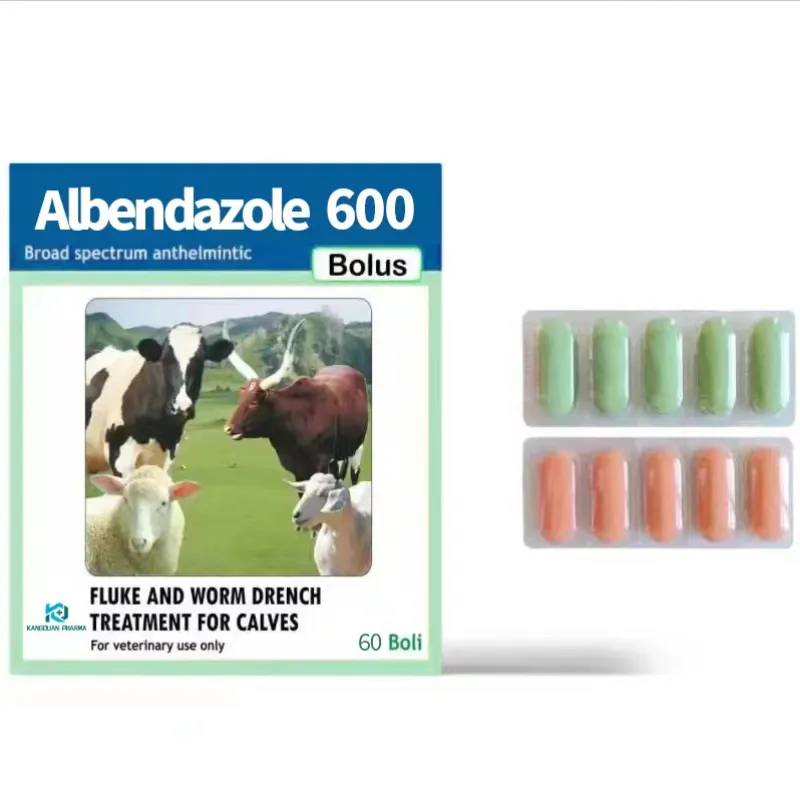- Afrikaans
- Albanian
- Amharic
- Arabic
- Armenian
- Azerbaijani
- Basque
- Belarusian
- Bengali
- Bosnian
- Bulgarian
- Catalan
- Cebuano
- Corsican
- Croatian
- Czech
- Danish
- Dutch
- English
- Esperanto
- Estonian
- Finnish
- French
- Frisian
- Galician
- Georgian
- German
- Greek
- Gujarati
- Haitian Creole
- hausa
- hawaiian
- Hebrew
- Hindi
- Miao
- Hungarian
- Icelandic
- igbo
- Indonesian
- irish
- Italian
- Japanese
- Javanese
- Kannada
- kazakh
- Khmer
- Rwandese
- Korean
- Kurdish
- Kyrgyz
- Lao
- Latin
- Latvian
- Lithuanian
- Luxembourgish
- Macedonian
- Malgashi
- Malay
- Malayalam
- Maltese
- Maori
- Marathi
- Mongolian
- Myanmar
- Nepali
- Norwegian
- Norwegian
- Occitan
- Pashto
- Persian
- Polish
- Portuguese
- Punjabi
- Romanian
- Russian
- Samoan
- Scottish Gaelic
- Serbian
- Sesotho
- Shona
- Sindhi
- Sinhala
- Slovak
- Slovenian
- Somali
- Spanish
- Sundanese
- Swahili
- Swedish
- Tagalog
- Tajik
- Tamil
- Tatar
- Telugu
- Thai
- Turkish
- Turkmen
- Ukrainian
- Urdu
- Uighur
- Uzbek
- Vietnamese
- Welsh
- Bantu
- Yiddish
- Yoruba
- Zulu
7 月 . 26, 2024 04:11 Back to list
Exploring the Efficacy and Applications of Mometamax and Gentamicin Sulfate in Veterinary Medicine
Understanding Mometamax and Gentamicin Sulfate An Insight into Their Uses and Importance
Mometamax, a topical medication primarily used in veterinary medicine, combines the potent anti-inflammatory and antibacterial properties of mometasone furoate and gentamicin sulfate. This combination makes Mometamax a valuable treatment for certain ear infections in dogs and cats, particularly those caused by bacteria and fungi. Understanding the composition and usage of Mometamax, as well as the role of its active ingredients, can provide pet owners and veterinarians with a clearer perspective on managing pet health.
The Role of Gentamicin Sulfate
Gentamicin sulfate is an antibiotic belonging to the aminoglycoside class. It is effective against a variety of gram-negative and some gram-positive bacteria, making it a crucial element in treating bacterial infections. In the context of Mometamax, gentamicin sulfate targets the bacterial pathogens that often cause otitis externa, an inflammation of the outer ear, which can lead to discomfort, infection, and potential hearing loss if left untreated.
When applied topically, gentamicin works by binding to the bacterial ribosome, inhibiting protein synthesis, and thus stopping bacterial growth. Its inclusion in Mometamax makes this medication a targeted treatment option, directly addressing the underlying bacterial infection while alleviating the symptoms associated with inflammation.
Mometasone Furoate The Anti-Inflammatory Agent
In addition to gentamicin sulfate, Mometamax also contains mometasone furoate, a potent corticosteroid. Corticosteroids are known for their ability to reduce inflammation and suppress the immune response. Mometasone furoate, in particular, is used in various forms of treatment due to its effectiveness and relatively low profile of side effects when used as directed.
mometamax gentamicin sulfate

In Mometamax, mometasone furoate serves to alleviate the itching, swelling, and redness associated with inflammatory ear conditions. This dual action—fighting infection with gentamicin and managing inflammation with mometasone—makes Mometamax an ideal choice for effectively treating otitis in pets.
Indications and Administration
Mometamax is specifically indicated for the treatment of acute and chronic otitis externa in dogs and cats, particularly when the underlying cause is bacterial or fungal in nature. The usual method of administration involves instilling the medication into the affected ear canal, usually once a day, depending on the veterinarian's instructions. It is crucial for pet owners to follow the dosage and frequency prescribed by the veterinarian to ensure optimal results.
Before administering Mometamax, it is advisable to clean the ear canal to remove debris and discharge that may impede the medication's effectiveness. Regular follow-up appointments with a veterinarian are recommended to assess the resolution of the infection and make any necessary adjustments to the treatment plan.
Conclusion
Mometamax is a powerful tool in managing ear infections in pets, combining the antibacterial action of gentamicin sulfate with the anti-inflammatory benefits of mometasone furoate. By understanding the roles of these two active ingredients, pet owners can appreciate the importance of this medication in ensuring their furry companions maintain optimal ear health. Whether dealing with acute infections or chronic conditions, Mometamax demonstrates significant effectiveness, ultimately leading to better quality of life for our beloved pets. Always consult with a veterinarian for personalized advice and treatment options tailored to your pet's specific needs.
-
The Power of Radix Isatidis Extract for Your Health and Wellness
NewsOct.29,2024
-
Neomycin Sulfate Soluble Powder: A Versatile Solution for Pet Health
NewsOct.29,2024
-
Lincomycin Hydrochloride Soluble Powder – The Essential Solution
NewsOct.29,2024
-
Garamycin Gentamicin Sulfate for Effective Infection Control
NewsOct.29,2024
-
Doxycycline Hyclate Soluble Powder: Your Antibiotic Needs
NewsOct.29,2024
-
Tilmicosin Premix: The Ultimate Solution for Poultry Health
NewsOct.29,2024













